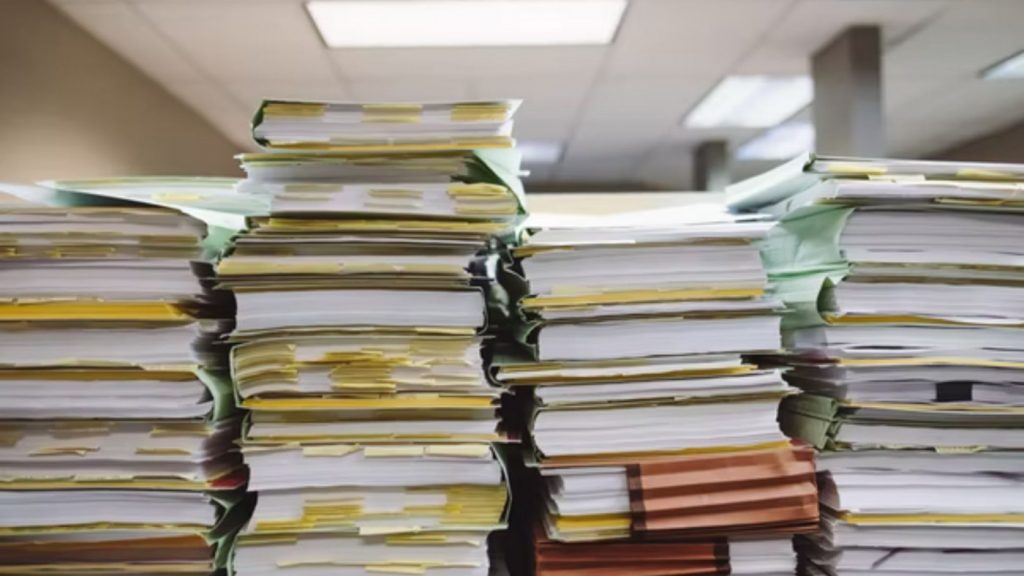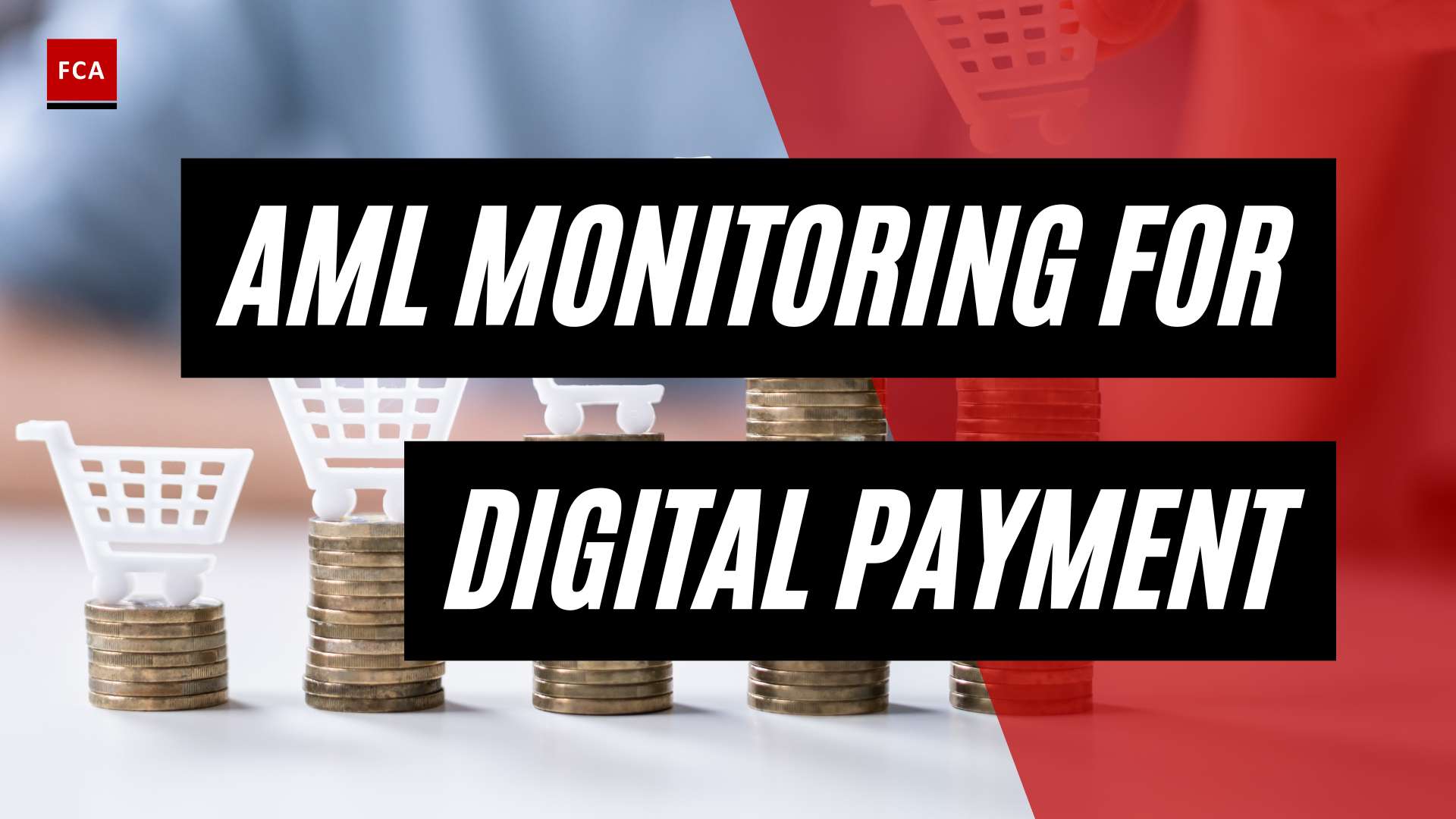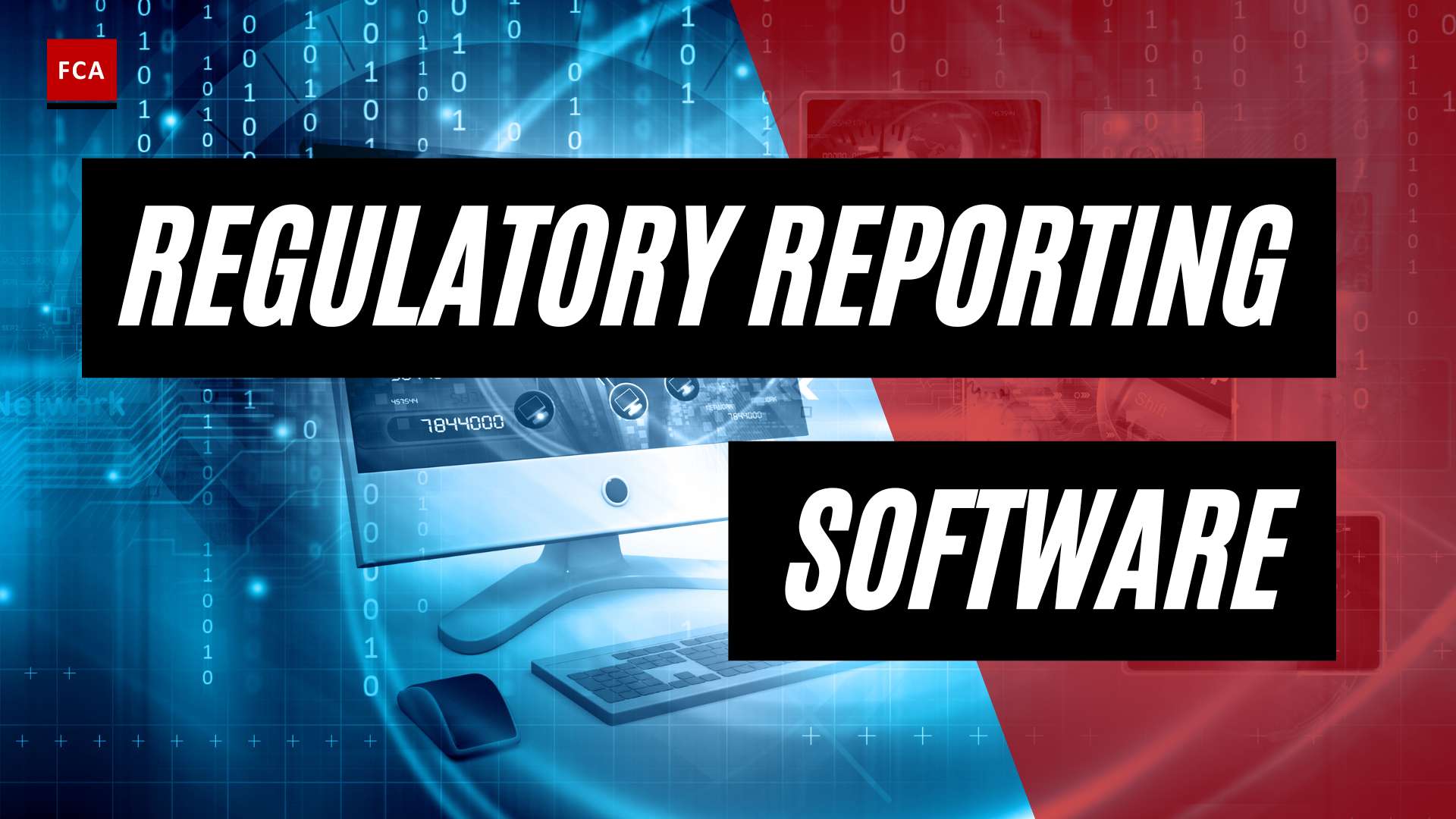In order to fight back against money launderers, businesses and firms have to understand the processes that take place during each stage. The placement stage of money laundering is commonly what occurs first. This entails depositing the illegal money into a financial institution.
Within money laundering placement, criminals face many barriers and have to overcome vulnerabilities. They must overcome due diligence procedures and know your customer protocols, which is not easy.
Table of Contents
- Key Takeaways
- How Does The Placement Stage Of Money Laundering Work?
- Screening Applicants
- Verifying Identities
- Summary
Key Takeaways
- The first stage of money laundering is known as placement.
- Money launderers have many ways they deposit illegal money into bank accounts.
- CDD/KYC teams work to identify beneficiaries and account owners, but this is not always an easy task.
How Does The Placement Stage Of Money Laundering Work?
During the placement stage of money laundering, money launderers have a large sum of money that would trigger alarms for analysts and be deemed suspicious if deposited into a bank. This would be followed by mandated screening procedures such as customer due diligence and verifying the beneficiary’s identity. Instead, money launderers separate this transaction into smaller, more manageable deposits that do not surpass flagging thresholds. This allows them to make all the deposits they need under the radar.
After overcoming this problem, criminals need to create multiple accounts with multiple banks to avoid having too many deposits in only a single place. This, too, would possibly generate traction and flag them as suspicious. By opening more accounts with more institutions, their plot becomes even more complex, making it harder to track.
Screening Applicants
In response to this, AML placement teams require regulators to have CDD and KYC protocols in place to screen customers beforehand. If this search provides information related to any suspicious names or accounts, they are automatically reported to authorities. If the account shows no identified owner or is under a third-party representative, the CDD/KYC team will continue to investigate.
Even if this search turns up negative and the account holder is not tied to money laundering, the due diligence teams continue one step further. From here, they attempt to find all ties from the account to check for relationships with accounts on a watchlist.
Verifying Identities
Criminal accounts are often under fake names and identities, which can make it hard for AML regulators to find who is running them. It is the responsibility of CDD/KYC teams to determine of identifies are real or not. To investigate this, teams look at the documents presented at the time of opening the account.

Summary
It is clear that money laundering placement is a difficult means to intercept. Although many money laundering attempts are detected by warning signals and traced patterns, not all are. Even despite all the regulations in place by KYC teams, illicit funds still manage to find a way through to the financial system. With each detected placement, enforcement agencies gain more knowledge and learn to remove the problem that money laundering places today.









